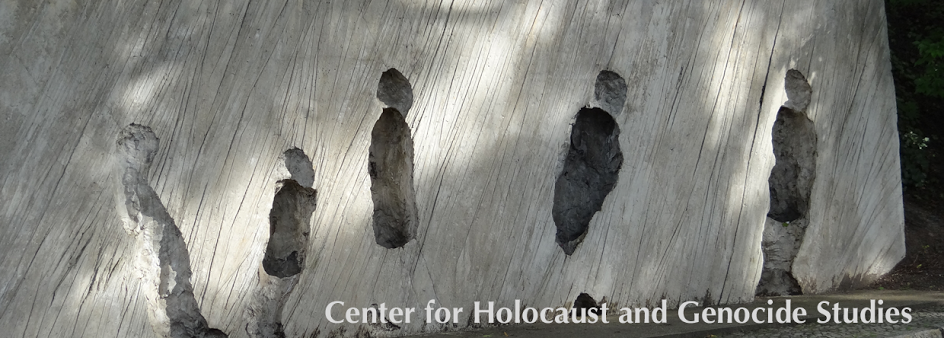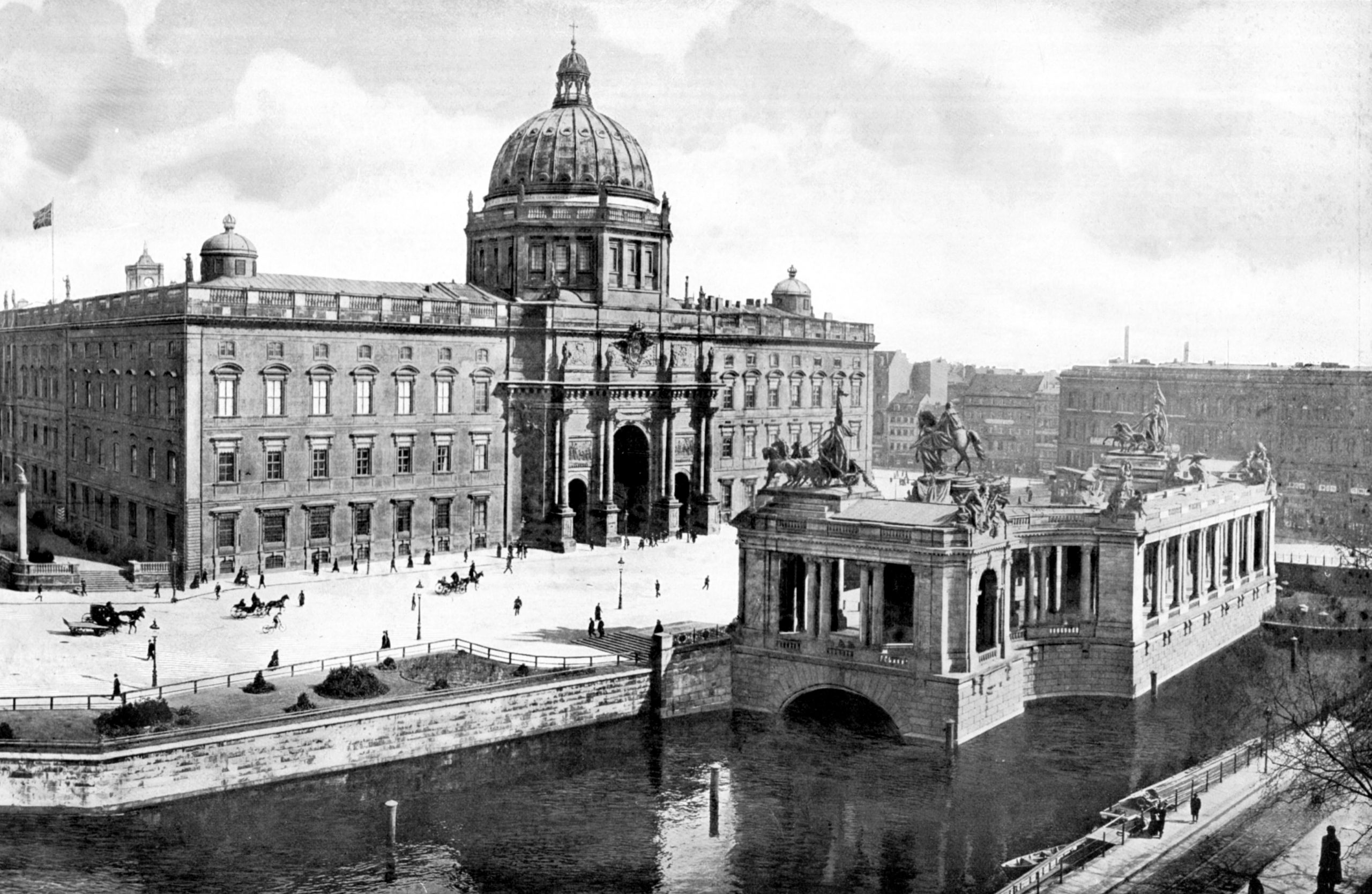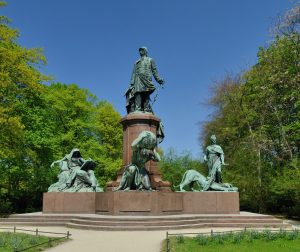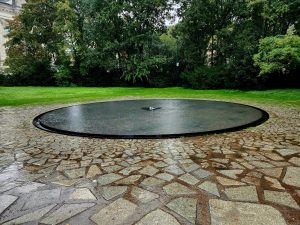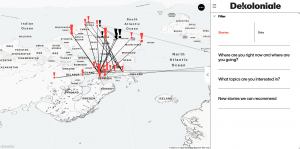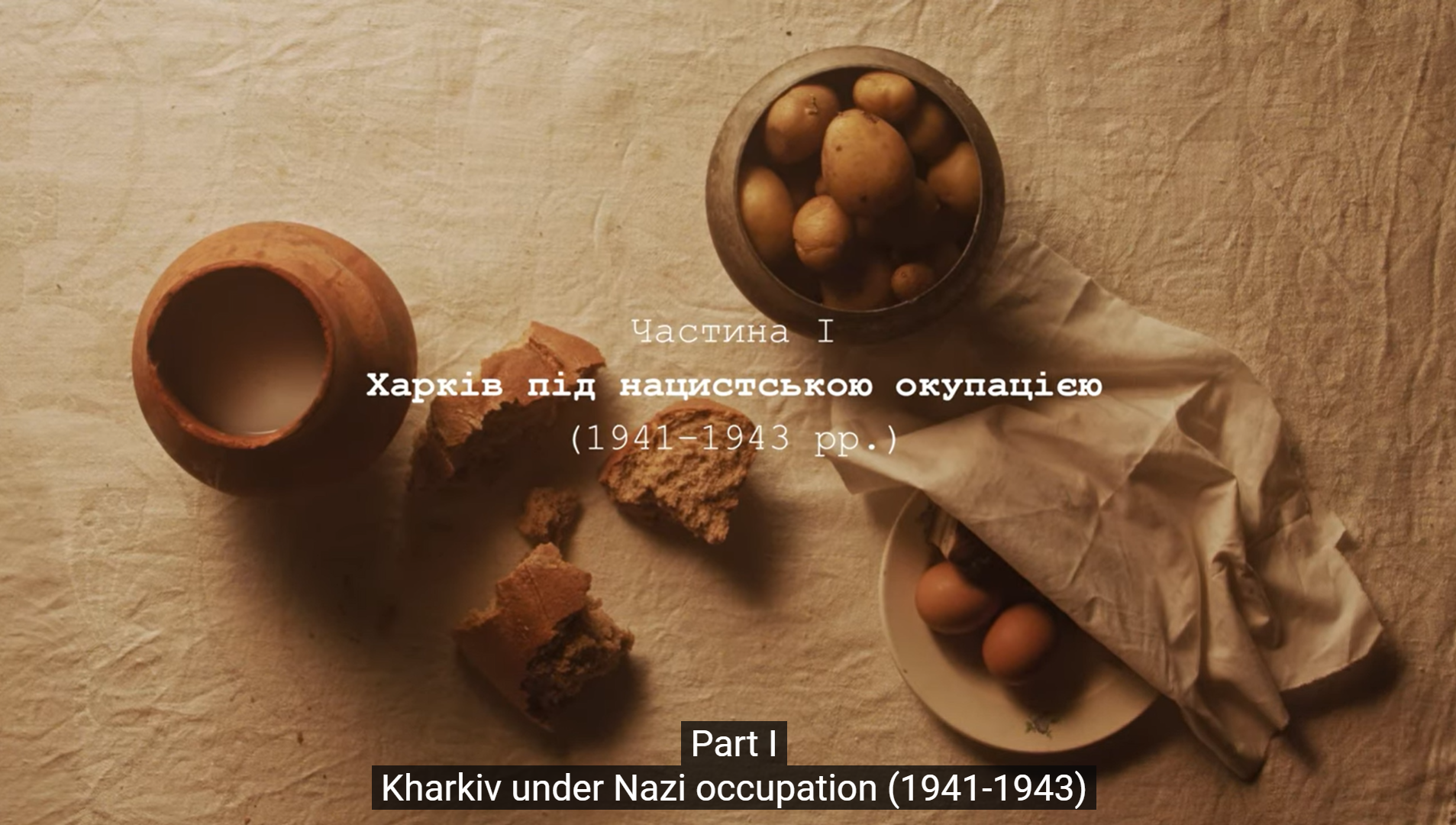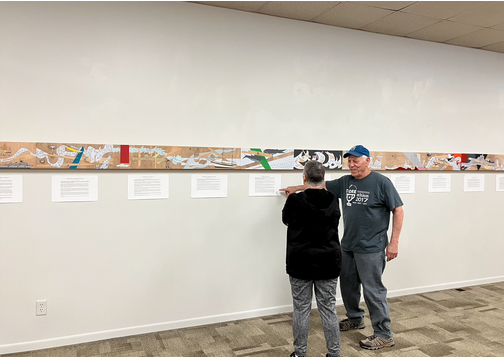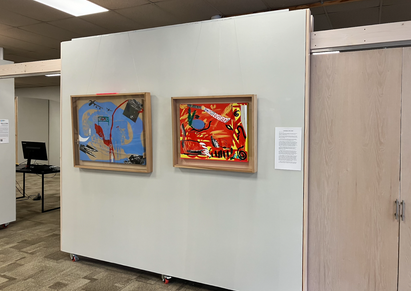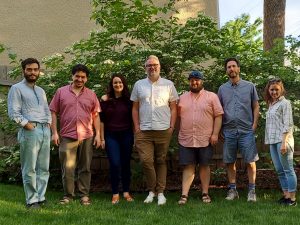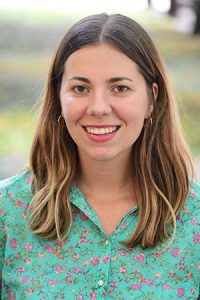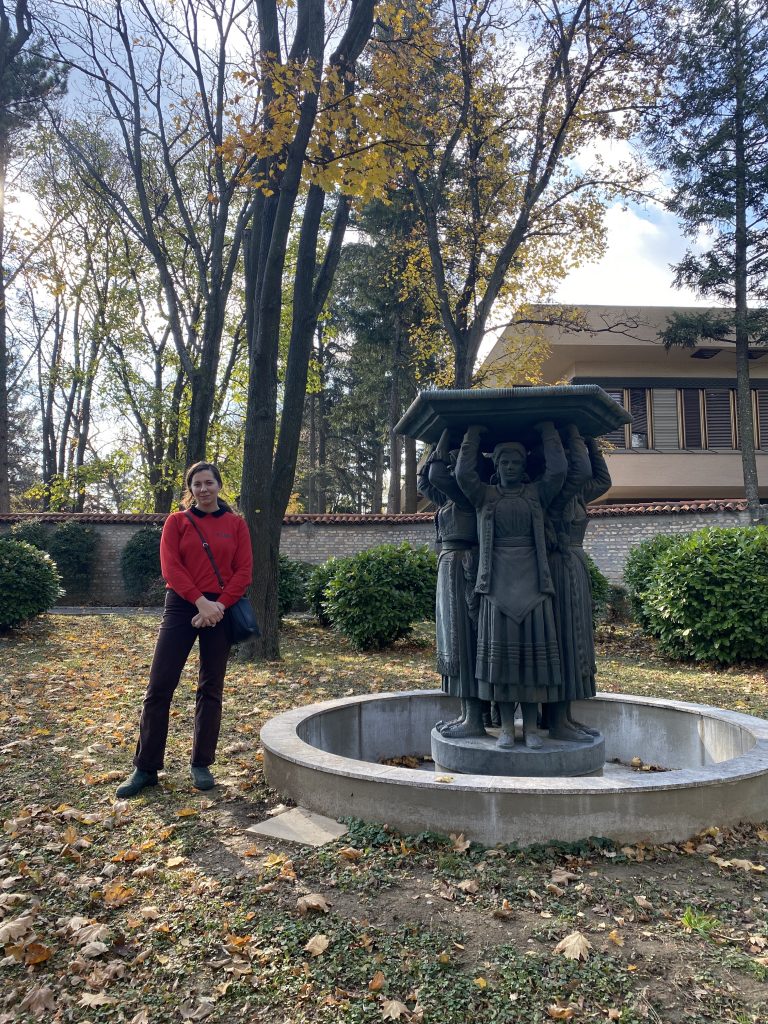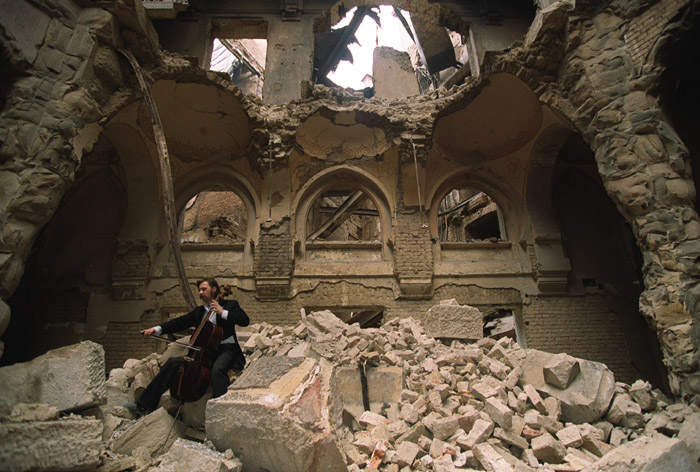There are some odd places in Germany’s Deep South that are strangely attractive to American tourists. For one, there is the Eagle’s Nest, Hitler’s Alpine refuge, which, not too long ago, one of my university colleagues cheerfully described as the high point of his German sightseeing tour; on TripAdvisor the Eagle’s Nest gets just as many thumbs-up as Austria’s Sound of Music tour. Growing up in 1970s Germany, I don’t remember anyone using the term “Eagle’s Nest” or Adlerhorst, probably because political winds were steadily blowing left and pilgrimage to Nazi remnants wasn’t a thing. Another southern tourist attraction—less creepy but still weird enough—is Bavaria’s fairy tale castle Neuschwanstein. A kitsch monster from the 19th century, it was designed by Mad King Ludwig who never, even in his wildest hallucinations, imagined that one day it would be lifted into the corporate logo of the Walt Disney company and become the go-to castle for Snow White, Cinderella and Sleeping Beauty.
It was only recently that northern Germany came up with an answer to these architectural challenges from the south, which is no less Disneyesque than Neuschwanstein and historically at least as unappetizing as the Eagle’s Nest. It’s a replica of the Royal Prussian Palace planted in the middle of Berlin, home to Germany’s last kaiser whose madness was far more consequential for world politics than Ludwig’s. Kaiser Wilhelm’s passion was world domination, not building fairy tale castles, and WWI was a direct result of his imperial hubris. In the end the Kaiser’s empire collapsed, but his palace didn’t. It even remained more or less intact through the next world war and another failed attempt at world domination, this time by the owner of the Eagle’s Nest. And yes, this all sounds like the typical plot for 007 movies: supervillains living in fancy hideouts trying to bring the planet under their control. Even the grand finale could have been taken from a James Bond novel: the Kaiser’s palace was spectacularly blown to bits with dynamite like Auric Goldfinger’s volcano lair in You Only Live Twice. The palace’s lucky streak was over when it ended up on the wrong side of the Iron Curtain, in Berlin’s Soviet Sector, where feudal architecture didn’t have many fans. Later, the communists would proudly claim responsibility for the Big Bang that finished off Prussia’s history and its most visible symbol. Once and for all, so they thought.
You could argue that predicting history and getting it wrong is what Marxists do. But a sequel to the palace’s story in which the German taxpayer is willing to pay half a billion euros for a tacky remake—70 years into the federal republic and with no monarch in sight—would have been even beyond Ian Fleming’s imagination. How did that come about? How could a group of wealthy ultraconservatives, some with close ties to Germany’s far right and antisemitic AfD, lead the entire country by the nose and make parliament agree to pay the bill for a palace look-alike that had virtually no artistic merit? With pockets as deep as their minds were shallow, these businessmen were running campaigns in Germany with Trumpian slogans at a time when Donald Trump was still running casinos into the ground. “Let’s make Berlin beautiful again” was one of those slogans. And it caught on. Hard to believe this happened in the same country that, just a few years earlier and a few blocks away, had reserved prime real estate, bigger than three football fields, for its Holocaust Memorial.
To top it all off, as a finishing touch the palace received its shiny dome again bearing the exact same inscription as in the 1850s. It’s printed in flashy golden letters on a blue ribbon that runs around the dome’s base and demands that “in the name of Jesus all of them that are in heaven and on earth and under the earth should bow down on their knees.” This made clear that Prussia was a Christian state with its king solely reporting to God and certainly not to his underlings. And to leave no doubt about which faith is the right faith, the dome was topped with a glittering giant cross that sat on a tiny orb and sent yet another message of world domination. This particular piece of roof decoration has been remade from scratch and reinstalled as well. For what? As a nod to American tourists from the Bible Belt? While the glaring resurrection of cross and orb may warm the hearts of Christian nationalists from all around the globe, it keeps sending chills down the spines of Berlin’s Jewish community who, along with many other groups, protested against the uncontextualized display of religious supremacy.
The palace is no longer called the palace. It’s now a public building named the Humboldt Forum, which at first didn’t have a real function beyond pretending to be the palace. Then, in another breathtakingly callous move, it was decided that the Forum should house Berlin’s Ethnological Museum. Many of its artifacts and treasures are from the heady days when the Kaiser’s navy was roaming the seas, making landfalls in Africa and Asia, massacring the population and mopping up what other colonial powers had missed. Putting the stolen artwork back in the Kaiser’s palace is like decorating the Eagle’s Nest with Nazi plunder. As a result, curators at the Humboldt Forum have a lot of explaining to do right now. There is a good chance that eventually, when claims are settled and things returned to their rightful owners, all that’s left to curate is a Potemkin palace.
So, should you decide to invest your soaring US dollars into cheap euros during the next travel season, there is nothing wrong with spending them on a trip to Mad King Ludwig’s and Walt Disney’s Neuschwanstein. It is, after all, more than a hundred years old and a real castle.
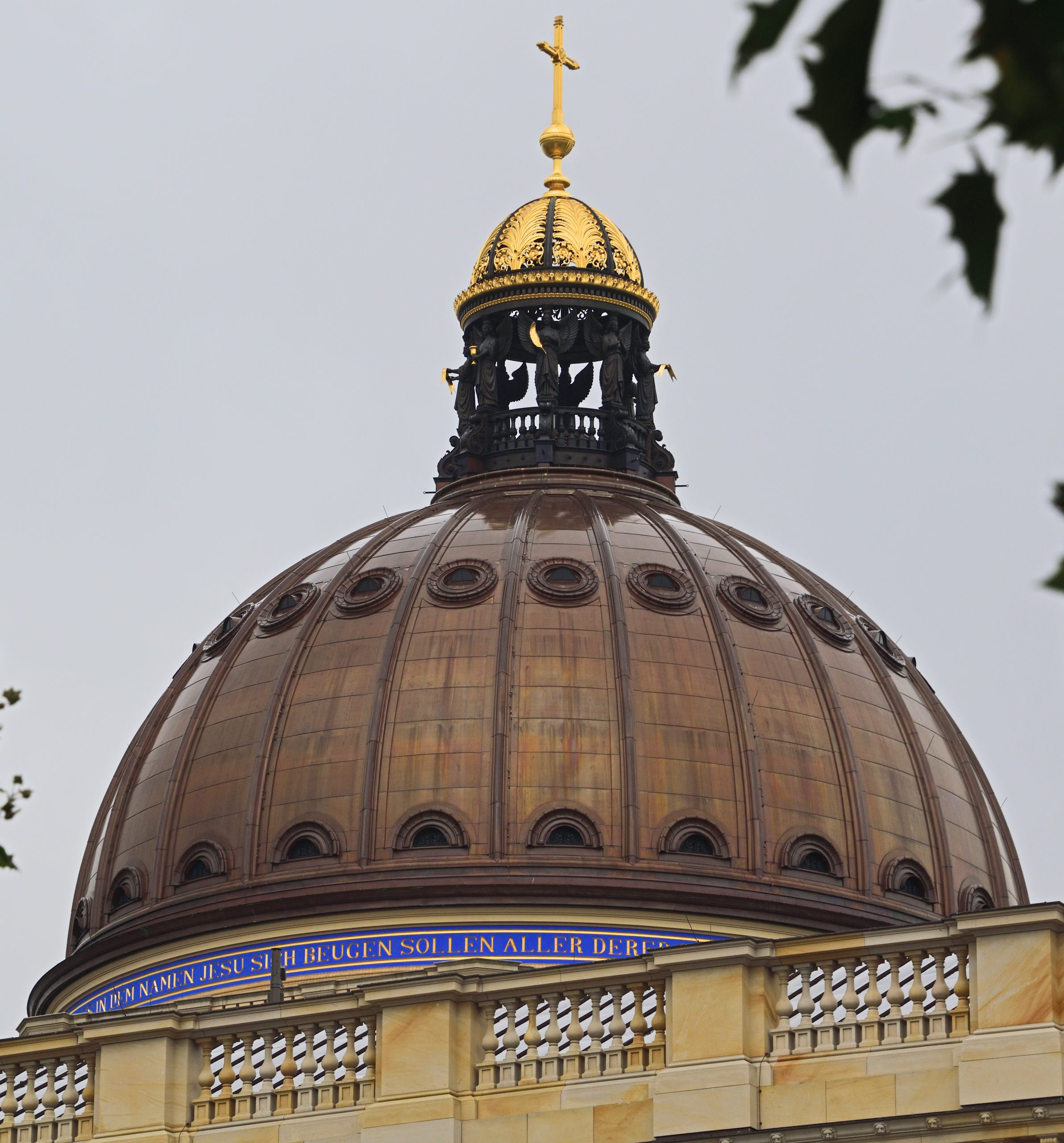
Henning Schroeder is a professor at the University of Minnesota and currently teaches in the Department of German, Nordic, Slavic & Dutch. His email address is schro601@umn.edu and his Twitter handle is @HenningSchroed1.
